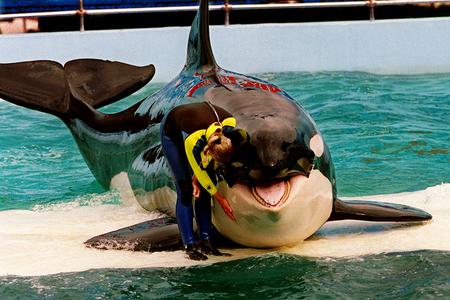The moving images of a grieving orca mother in Puget Sound carrying her dead calf were extremely difficult to watch. They are a heartbreaking metaphor for the larger threat to survival faced by the southern-resident orca population.
We are failing in our efforts to help the orcas. Despite political rhetoric, there is a fundamental lack of seriousness about protecting salmon and orcas. We repeatedly waste public money that could go to help the orcas and we are continually sidetracked by efforts that yield few environmental benefits.
As a member of the Puget Sound Salmon Recovery Council, I see the hard work being done to create salmon habitat. For example, the state’s Puget Sound Acquisition and Restoration (PSAR) Fund just announced plans for $50 million in large, salmon-recovery habitat projects.
That same day, Sound Transit announced $460 million in cost overruns for just one segment of light rail. Seattle recently found that new streetcars costing $52 million might not fit existing tracks. Seattle City Light announced project design changes and cost overruns amounting to $188 million. That is $703 million in government waste in just one month — enough to cover the PSAR salmon recovery projects 14 times over.
There were loud complaints when President Donald Trump proposed cutting $30 million for Puget Sound cleanup. No such voices are heard when Seattle and Sound Transit officials waste more than 23 times that amount.
Additionally, many environmental groups have turned their focus to destroying the four Lower Snake River Dams to restore salmon. This makes almost no sense.
NOAA Fisheries has repeatedly found that dam removal would do little to improve salmon populations, noting “the relative size of the Snake River salmon stocks compared to others on the West Coast means that increases in their numbers, whether from breaching dams or otherwise, would result in only a marginal change in the total salmon available to the killer whales.” Peter Kareiva, who headed the research at NOAA Fisheries for Snake River salmon, wrote, “it is not certain that dams now cause higher mortality than would arise in a free-flowing river.”
Orcas are starving today. Ignoring the science and hoping that dam removal might, at some future date, increase salmon populations, is an unserious way to spend hundreds of millions in taxes and lost electricity.
Some who advocate destroying the dams point to legal rulings questioning NOAA’s biological opinion on the impact of the dams. They also point to the removal of the Elwha Dam as evidence it can help, even though the Lower Snake River Dams are vastly different. Even in the best circumstances, however, this is an extremely expensive and long-term approach. Elwha Dam removal was approved by Congress in 1992 and it took nearly two decades of process before removal of the dam began on Sept. 17, 2011. Waiting 20 years to help orcas is simply not an option.
There are places we can spend money and help salmon and orcas.
First, we need to increase hatchery production. Hatchery releases in the Puget Sound are about 40 percent lower today than in the early 1990s. Unfortunately, some environmental groups have been hostile to hatchery production. State and tribal hatcheries are guided by good science and experience and the desperate need for near-term food for orcas should outweigh vague future concerns.
Second, there is increased recognition that sea lions are outcompeting southern-resident orcas for food. Researchers from the University of British Columbia, among many others, note that seals and sea lions are consuming an increasing number of Chinook. Although there is strong scientific recognition that competition for food is a problem, the solution — reducing the sea lion population — is uncomfortable. I understand that. Watching a grieving orca mother carry her dead calf is hard too, and unless we address competition for food, we will see more of that.
Finally, politicians who claim to prioritize salmon recovery and orca health need to act like it. It is simply unacceptable to waste hundreds of millions of dollars, then brag about a few million for salmon. When local projects waste money, there should be accountability and we should remember the opportunities lost through poor planning and incompetence.
As Seattle City Light officials announced the expenditures of $188 million, they were asking state taxpayers for nearly $2 million for a salmon recovery project. The state should reject that request. City Light shouldn’t ask state taxpayers to bail out its own wasteful spending.
Some will argue that waste in one place has nothing to do with spending in another, citing different budget line items. Refusing to address the rampant waste of those who then turn around and ask for limited state resources, however, is like bailing out the student loans of a man who wasted his money on beer.
The grief of that orca mother should renew our resolve to be serious about salmon and orca recovery. We should take action now and stop accepting government waste and mismanagement while salmon advocates fight for a few million dollars. That’s the lesson I hope we take from these tragic images.
This article has been updated since it first appeared to clarify the language about City Light expenditures. The author has written more about it on the Washington Policy Center blog.





